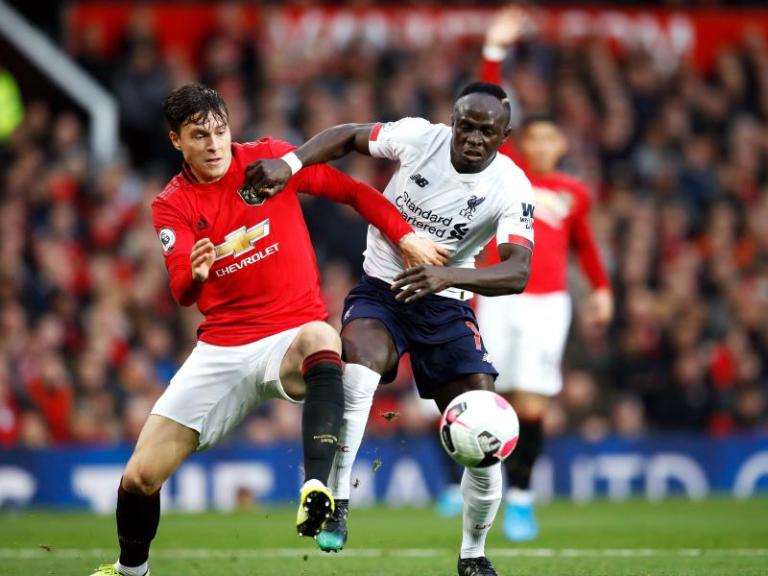
Adrian Clarke explains
how Ole Gunnar Solskjaer’s side held the leaders to a draw earlier this season
and why they can do so again at Anfield. Ole Gunnar Solskjaer orchestrated one
of the most successful tactical surprises of the season so far when his
Manchester United side held leaders Liverpool to a 1-1 draw at Old Trafford in
October.
Moving away from a 4-2-3-1 system for that one
match, the Norwegian set his team up in an unusual 3-4-1-2 shape, using Marcus
Rashford and Daniel James as split strikers. It was a move that initially
flummoxed their visitors, who needed a late strike from Adam Lallana to rescue
a point. That remains the only Premier League match Liverpool have failed to win
this term. So what will Solskjaer have up his sleeve for Sunday’s return
fixture at Anfield? Sprinting down the sides Deploying two wide frontmen with
no central pivot is a tactic Man Utd had previously used in 2018/19, but this
term Solskjaer has only chosen that strategy against Liverpool. Out of
possession, James and Rashford blocked off passes to the Reds’ full-backs,
letting the two centre-backs have the ball. That forced Jurgen Klopp’s men down
the middle, and United were aggressive in the middle third, looking to break up
play in congested areas. The plan was to spring turnovers that stretched the
leaders down the channels, and this exact scenario created their opening goal.
Victor Lindelof challenged Divock Origi forcefully just inside United’s half,
and Scott McTominay picked up the loose ball before feeding James with a pass
in behind left-back Andrew Robertson. With Liverpool’s back four stretched,
James picked out Rashford inside the box to score.
Rashford is an injury
doubt this weekend but, irrespective of his availability or the formation
Solskjaer chooses, Man Utd will surely look to use similar tactics on
Merseyside. They have the players to hurt any team in this manner, and it makes
sense to again use their speed to find space in behind Liverpool’s adventurous
full-backs. Like at Old Trafford, United will likely focus on the wide areas
when attacking. After all, 84.5 per cent of their assaults in the reverse
fixture came down the flanks. This is a clever way of circumnavigating the
towering influence of Virgil van Dijk, and may act as a deterrent when Trent
Alexander-Arnold or Robertson want to push forward.
Fresh twist
Unless he places his
trust in Phil Jones, it is hard to envisage Solskjaer selecting a three-man
defence again against Liverpool.
He could opt for a 4-4-2
diamond with split strikers, but playing in that narrow shape risks freeing up
too much space for Liverpool’s rampaging full-backs.
A 4-3-3 or 4-2-3-1 set-up is more likely, with Anthony
Martial dropping in to play as a “false nine” of sorts, flanked by two of
Rashford, James and Mason Greenwood, depending on the former’s fitness. United
will be direct. Over 20 per cent of their passes were classed as “long” the
last time they met Liverpool, and 83 per cent of David De Gea’s passes were in
that category.
The Spaniard’s season
average is just 38.4 per cent.
Clinical United
Solskjaer’s side may lack natural creativity but they are blessed with clinical finishers. While Liverpool have kept six clean sheets in a row, they do offer up chances on home turf, as recent visitors Wolverhampton Wanderers and Watford will testify. Between them, Liverpool’s frontmen have scored just two more goals than their Man Utd counterparts and have not been as clinical. Interestingly, fringe players Greenwood and Divock Origi have been the most lethal finishers for their clubs, finding the net with more than 30 per cent of their efforts. These two could have a part to play on Sunday. Unbeaten Liverpool are strong favourites. But, having proved they can make life difficult for the leaders already this term, Man Utd should not be written off.
Culled from premierleague.com
SOURCE: VANGUARD




